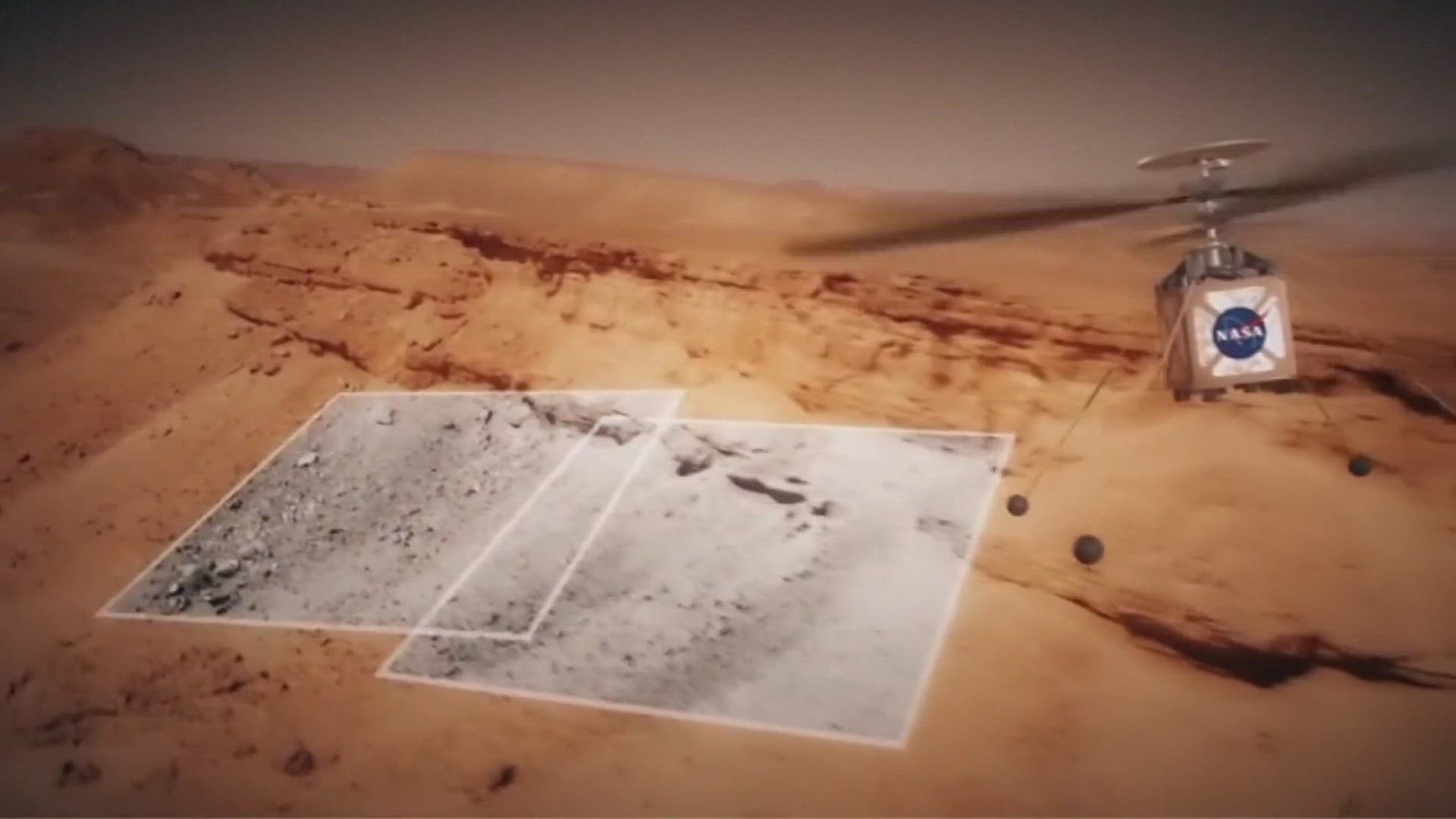WASHINGTON — Calling all wannabe Martians!
NASA is searching for volunteers to take part in an isolation experiment simulating what it would be like to be alone on Mars.
Yes, just like in the Matt Damon movie.
The four volunteers selected would participate in the agency's next simulated one-year Mars surface mission, which NASA says is designed to help them gather data for their plans to one day have humans explore the red planet.
This is the second year-long Mars experiment NASA is conducting. The first one kicked off in June 2023 (meaning the applicants are still in isolation for a few more months).
The second of three planned ground-based missions called CHAPEA (Crew Health and Performance Exploration Analog) is scheduled to kick off in spring 2025.
The missions involve a four-person crew working and living together in a 3D-printed, 1,700-square-foot base at NASA's Johnson Space Center in Houston.
The base, called Mars Dune Alpha, is designed to simulate the challenges that will be faced by the first people on the actual planet: resource shortages, equipment failures, communication delays and other stressful situations.
If that all sounds familiar, there's a chance you're remembering the Andy Weir novel "The Martian" or the Matt Damon sci-fi movie based on it. In the novel and film, Damon's character must face many of the same challenges NASA is presenting to its simulated Mars astronauts after he is left stranded and left for dead on the isolated planet.
How to apply for NASA's Mars mission simulation
Applications are open for the second CHAPEA mission until April 2. The mission itself is scheduled to begin sometime in 2025.
They're looking for healthy, non-smoking U.S. citizens between the ages of 30 and 55, who are proficient in English, with a strong desire for "unique, rewarding adventures and interest in contributing to NASA's work to prepare for the first human journey to Mars.
Although the mission is technically open to anybody, NASA does have some strict additional requirements to make it through the screening process - similar to what they require for astronaut candidates.
Crew members must have a master's degree in a STEM field such as engineering, mathematics, biological, physical or computer science. They must also have at least two years of professional STEM experience or a minimum of 1,000 hours piloting an aircraft.


NASA will also consider candidates who have completed two years of work towards a doctoral program in one of the fields they're looking for experience in, as well as applicants who have completed a medical degree or a test pilot program.
If an applicant has four years of professional experience, NASA will also consider them if they've completed military officer training or have a bachelor's degree in a STEM field.
NASA hasn't disclosed how much they pay the four almost-astronauts selected for the mission, but the agency says some compensation is available.

